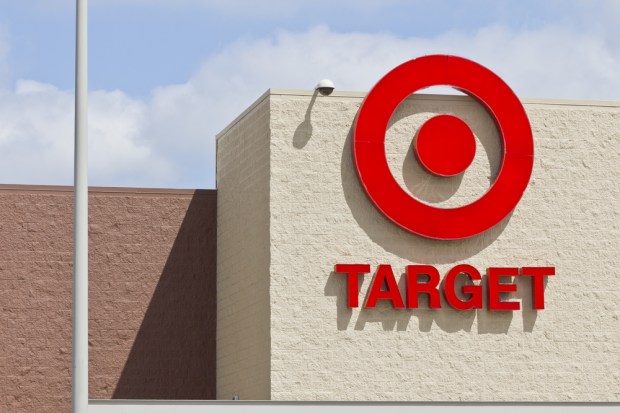Target Stock Sinks After Q3 Earnings Miss

Target’s stock price slid sharply and suddenly when the firm announced its results for the third quarter, falling 9 percent as the retailer announced a somewhat mixed result for the quarter. Despite the largely so-so result, Target went into its call with investors looking to build enthusiasm for the holiday quarter by ensuring the retailer’s in-store and online experiences were prepared for the highly competitive shopping season.
“We’ve made significant investments in our team heading into the holidays,” Chief Executive Brian Cornell said in a statement. “They are ready to serve our guests with a comprehensive suite of convenient delivery and pickup options, a wide range of new products and unique gift ideas, and a strong emphasis on low prices and great value.”
Cornell further noted that there is “no sign” that consumer spending is cooling off as retailers head into the holiday season, and that the firm expects to see robust traffic in digital and physical channels to end the year.
By the Numbers
All in, Target reported net income of $622 million – $1.17 per share – up from last year’s $478 million, or 87 cents per share. Earnings came in at $1.09 per share, missing analysts’ expectations of $1.12 per share. Revenue, however, was up 5.6 percent to $17.82 billion, a slight beat on expectations, while same-store sales revenue growth of 5.1 percent was a slight miss on the 5.2 percent analysts were seeking. Transactions were on the increase, up 5.3 percent, but basket size was down .2 percent.
Digital sales were a bright spot: up 49 percent during Q3 and adding 1.9 percentage points to same-store sales growth. But digital sales, according to Target, come with a cost gross-margin, which fell from 28.7 percent during Q3, down from 29.6 percent year-on-year.
CFO Cathy Smith told investors that margin dip comes care of increasing supply chain costs, before noting that Target’s largest supply chain costs were related to digital fulfillment during Q3. She also noted that the second largest part of cost was in receiving and processing higher inventory levels ahead of the season, and that those costs were somewhat exaggerated in 2018 because Target both ordered more holiday inventory, and ordered it earlier than they had last year.
What that will mean for Q4, Smith noted, is that margin pressure will likely persist, though not at the level observed during Q3.
“While digital channel sales continue to grow rapidly, we are benefiting from the healthy traffic and sales growth in our stores as well,” Cornell told analysts. “I will say that we are optimistic about our ability to deliver profitable growth next year and beyond.”
And Target’s hopes remain high for both the holiday season, as well as the rest of the year in general.
Happy Holidays
The retailer reported that it expects its earnings per share for the fiscal year to fall within a range of $5.30 to $5.50, what they had previously forecast. They are, however, anticipating rather robust same-store sales growth during the holiday season of around 5 percent.
They are also pushing digital channels hard, joining Amazon in offering free shipping on all online orders for the holiday season (Walmart is maintaining its $35 minimum purchase for free two-day shipping). According to its executive team, Target is looking to manage that big digital uptick with its free in-store pick-up and via membership in Shipt, the delivery service it acquired late last year that is now available in 200 markets.
Moreover, according to CEO Cornell, going into holiday 2018, Target is offering an in-store experience that is better staffed, better stocked and better looking than it has been in the past. The firm confirmed on its call with investors that it has met its hiring goals for the holidays to bring on 120,000 seasonal workers. They also noted that wide-scale renovations to Target stores are on pace to meet the 1,000-store target set for 2020. Remodeled stores, among other changes, include larger and better lighted beauty departments, as well as much larger toy departments.
Remodeled stores, according to Target, have seen sales growth of 2 to 3 percent. Target also reported its strongest sales gains during the Q3 quarter came from the toys, baby and beauty categories. Toy sales alone were up more than 20 percent from a year ago.
“When we combine the work we’re doing in-store with the progress we’re making in fulfillment options, we believe there are opportunities for further market share gains to continue to drive strong store traffic,” Cornell noted.
